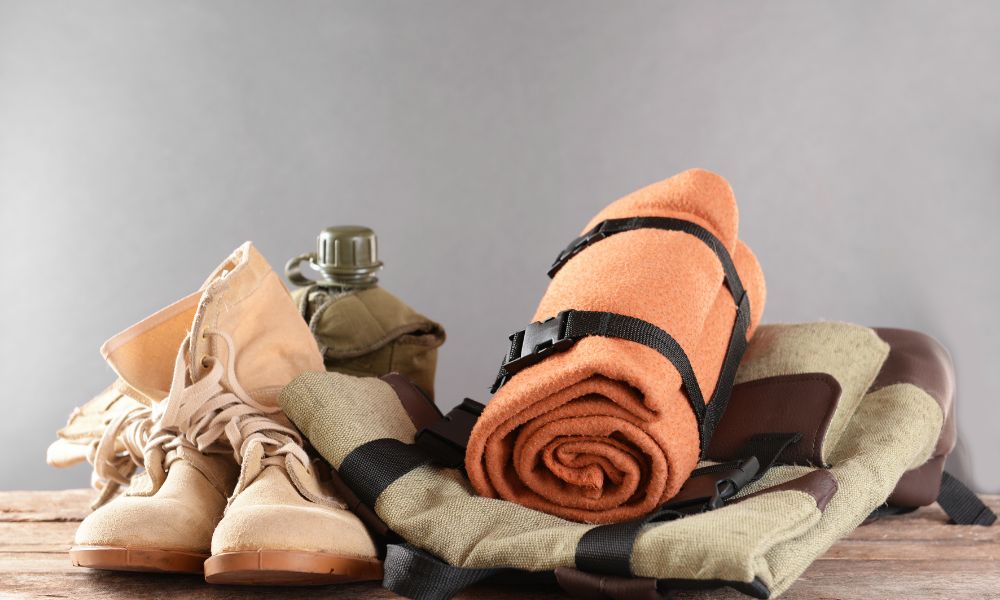Whether you’re a seasoned trekker or a beginner, having the right hiking clothing is essential to ensure a safe and comfortable outdoor experience. Your clothing not only protects you from the elements but also enhances your mobility, regulates body temperature, and reduces fatigue. This comprehensive guide will help you understand the basics of hiking attire, how to choose the best gear, and what to consider for different weather conditions.
Why Is Proper Hiking Clothing Important?
Hiking clothing is more than just an outfit—it’s a functional tool that contributes to your safety and comfort. Ill-suited attire can lead to discomfort, chafing, hypothermia, or overheating, depending on the climate and terrain. Proper hiking clothing ensures:
- Temperature Regulation: Keeps you warm in cold climates and cool in hot environments.
- Moisture Management: Wicks sweat away from your skin to keep you dry.
- Protection: Shields you from UV rays, insects, and harsh weather.
- Durability: High-quality materials withstand rugged terrains and long hikes.
Key Layers of Hiking Clothing
Hiking clothing revolves around a layering system, each layer serving a specific purpose. Here’s how to structure your gear:
1. Base Layer
The base layer is worn next to your skin and is designed to manage moisture by wicking sweat away.
- Material: Opt for synthetic fabrics like polyester or natural materials like merino wool.
- Avoid: Cotton, as it retains moisture, leading to discomfort and potential hypothermia.
- Examples: Lightweight thermal tops, moisture-wicking T-shirts, or long underwear.
2. Insulation Layer
This layer traps heat to keep you warm. It’s especially crucial in cooler weather or at high altitudes.
- Material: Fleece, down, or synthetic insulation materials.
- Types: Fleece jackets, puffy jackets, or mid-layer sweaters.
3. Outer Layer (Shell)
The outermost layer protects you from wind, rain, and snow. It should be waterproof, windproof, and breathable.
- Material: Gore-Tex, eVent, or similar waterproof-breathable fabrics.
- Types: Rain jackets, hardshell jackets, or softshell jackets for mild weather.
Essential Hiking Clothing Items
Hiking Shirts
Choose lightweight, moisture-wicking shirts for warmer climates. For colder weather, long-sleeve thermal shirts provide warmth while managing sweat.
Hiking Pants and Shorts
- Convertible Pants: Versatile options that can switch between full pants and shorts.
- Stretchy Fabrics: Allow better movement over rough terrains.
- Waterproof Options: Ideal for wet conditions.
Hiking Jackets
- Down Jackets: Great for dry, cold weather due to excellent insulation.
- Synthetic Jackets: Perform better in wet conditions as they retain heat when damp.
Hiking Socks
- Material: Wool or synthetic blends to manage moisture and prevent blisters.
- Thickness: Varies depending on weather; thicker socks for winter hikes.
Hiking Boots
Proper hiking boots complete your outfit. Look for:
- Ankle Support: Reduces the risk of injuries on uneven terrain.
- Waterproofing: Essential for wet climates.
- Comfort: Always break in your boots before a long hike.
Specialized Hiking Clothing for Different Weather
Hot Weather Hiking Clothing
In warm climates, your hiking attire should focus on staying cool and protected from the sun:
- Breathable Fabrics: Lightweight, moisture-wicking shirts and shorts.
- Sun Protection: UPF-rated clothing, wide-brimmed hats, and sunglasses.
- Quick-Dry Materials: Essential for sweat-heavy hikes.
Cold Weather Hiking Clothing
Cold-weather hikes demand careful layering and insulation:
- Thermal Base Layers: Provide warmth while wicking away sweat.
- Down or Fleece Jackets: Trap heat efficiently.
- Accessories: Insulated gloves, hats, and neck gaiters to protect extremities.
Rainy Weather Hiking Clothing
Hiking in the rain requires gear that keeps you dry and comfortable:
- Waterproof Shells: Jackets and pants made from waterproof-breathable materials.
- Gaiters: Prevent water and debris from entering your boots.
- Dry Bags: Keep spare clothes dry inside your backpack.
Factors to Consider When Choosing Hiking Clothing
1. Terrain and Climate
The type of hike you’re embarking on influences your clothing choices. For alpine hikes, prioritize insulation and windproof layers. In deserts, lightweight and sun-protective gear is key.
2. Fit and Comfort
Your hiking clothes should allow freedom of movement. Avoid tight clothing that restricts motion or loose garments that can snag on branches.
3. Packability
Opt for clothing that’s easy to pack and lightweight, especially for multi-day hikes. Many jackets and pants are designed to fold compactly.
4. Durability
Rough terrains can tear or wear out poorly made clothing. Invest in high-quality materials that last longer.
5. Sustainability
Choose brands that use eco-friendly materials and sustainable manufacturing practices.
Tips for Maintaining Your Hiking Clothing
To extend the life of your gear:
- Follow Washing Instructions: Avoid using harsh detergents on waterproof fabrics.
- Store Properly: Keep your clothes in a dry, ventilated space.
- Repair When Needed: Patch small tears or replace worn-out parts instead of discarding them.
Top Brands for Hiking Clothing
- Patagonia: Known for sustainable and high-performance gear.
- The North Face: Offers a wide range of durable hiking attire.
- Columbia: Affordable yet reliable options for outdoor enthusiasts.
- Arc’teryx: Premium brand specializing in technical outdoor clothing.
Final Thoughts
Choosing the right hiking clothing is an investment in your outdoor adventures. With proper layers, durable materials, and weather-appropriate attire, you can tackle any trail with confidence. Remember, the key to a successful hike lies in preparation, and your clothing is the first step toward a safe and enjoyable journey.
Whether you’re climbing a mountain or strolling through a forest, let your hiking gear support your journey every step of the way!




